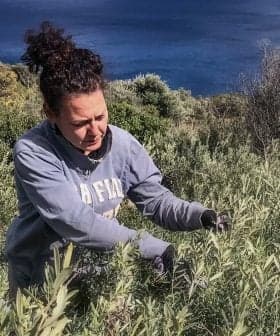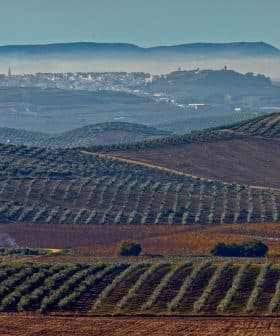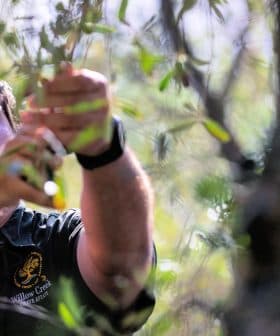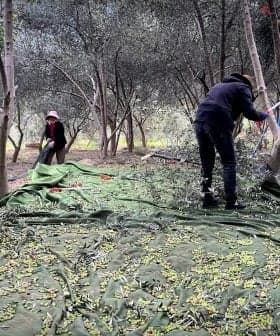Global Olive Oil Production to Dip in 2018/19
Argentina, Italy and Greece experienced some of the largest decreases, while Spain and Morocco enjoyed solid production increases.
Global olive oil production is expected to decrease by 5.5 percent in the 2018/19 harvest season, with Italy, Greece, and Turkey among the countries experiencing significant drops in production. However, Spain saw a 27 percent increase in olive oil production compared to the previous year, reaching the highest level since 2013/14.
Global olive oil production is estimated to decrease by 5.5 percent in the 2018/19 harvest season, according to figures provided to Olive Oil Times by the International Olive Council (IOC).
The data indicate that IOC member nations and selected non-IOC members will produce 3.130 million tons this crop year, compared with 3.314 million tons last year. However, this crop year’s olive oil yield was still higher than either the 2016/17 yield and the 2014/15 yield, both of which were also off-years for many global producers.
Prior estimates had predicted a slightly larger decrease, but these figures have since been revised up by the IOC.
“We have updated our estimates for the 2018/2019 harvest year,” Michele Bungaro, the head of the IOC’s Observatory and Informational Systems Department, told Olive Oil Times. “Now we foresee a reduction of decrease up to 5.5 percent instead of eight percent, [as was previously indicated].”
The largest decreases took place in Tunisia and Argentina, with this year’s harvest dropping 57 and 54 percent, respectively. Both countries enjoyed strong harvests in the 2017/18 crop year and were expecting a drop this year due to the alternate bearing nature of olive trees.
Elsewhere, production fell by 49 percent in Palestine; 38 percent in Italy; 35 percent in Greece and 30 percent in Turkey.
According to Coldiretti, an Italian farmers’ association, bad weather damaged about 25 million olive trees in the country and largely caused a sharp decrease. In spite of this, Italy remains the second largest global olive oil producer after Spain.
In Turkey, the decrease was also attributed to the alternate bearing nature of the trees. However, Turkish olive oil production continues to trend upwards with this crop year’s harvest increasing by three percent compared with the 2016/17 campaign and 14 percent compared with the 2014/15 campaign.
Other countries to register production decreases were Egypt (-28 percent), Portugal (-15 percent), Algeria (-7 percent), Israel (-6 percent) and Jordan (-2 percent).
The IOC figures also indicate that some countries experienced notable production increases. Libya enjoyed the largest of these increases, with production rising by 41 percent. Morocco also experienced an increase, but much more modest, of about four percent.
Similarly, the figure for Morocco was also revised way down after the initial estimate was given.
Both North African countries have been steadily investing in olive oil production as new markets in East Asia have opened up and traditional Mediterranean producers have suffered setbacks from weather and disease.
After several tough years for olive oil producers in Spain caused mainly by drought and disease, olive oil estimates for the 2018/19 crop year reached 1,598,900 tons, an increase of 27 percent compared with the previous campaign and the highest level of production since 2013/14.
Luis Planas, Spain’s Minister of Agriculture, Fisheries and Food, called these figures “better” in a press conference, but acknowledged that they were not a record and the sector still has a lot of work ahead of it.









